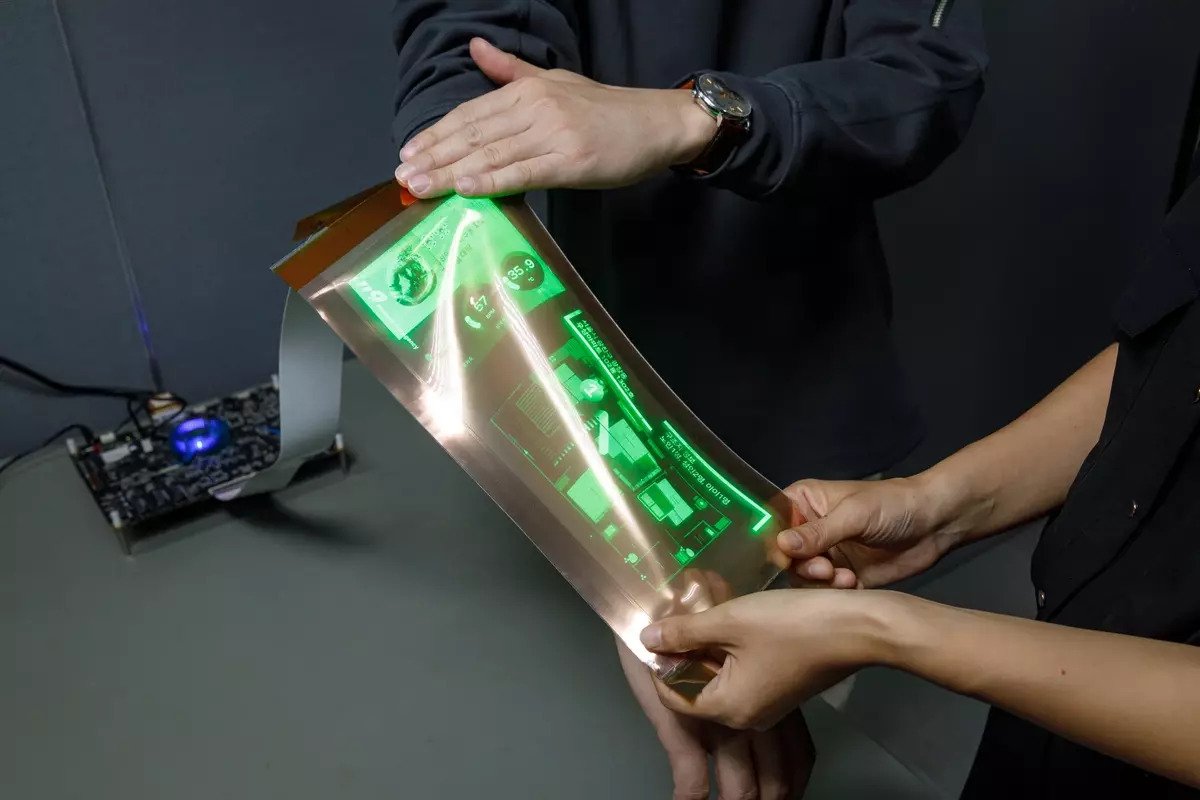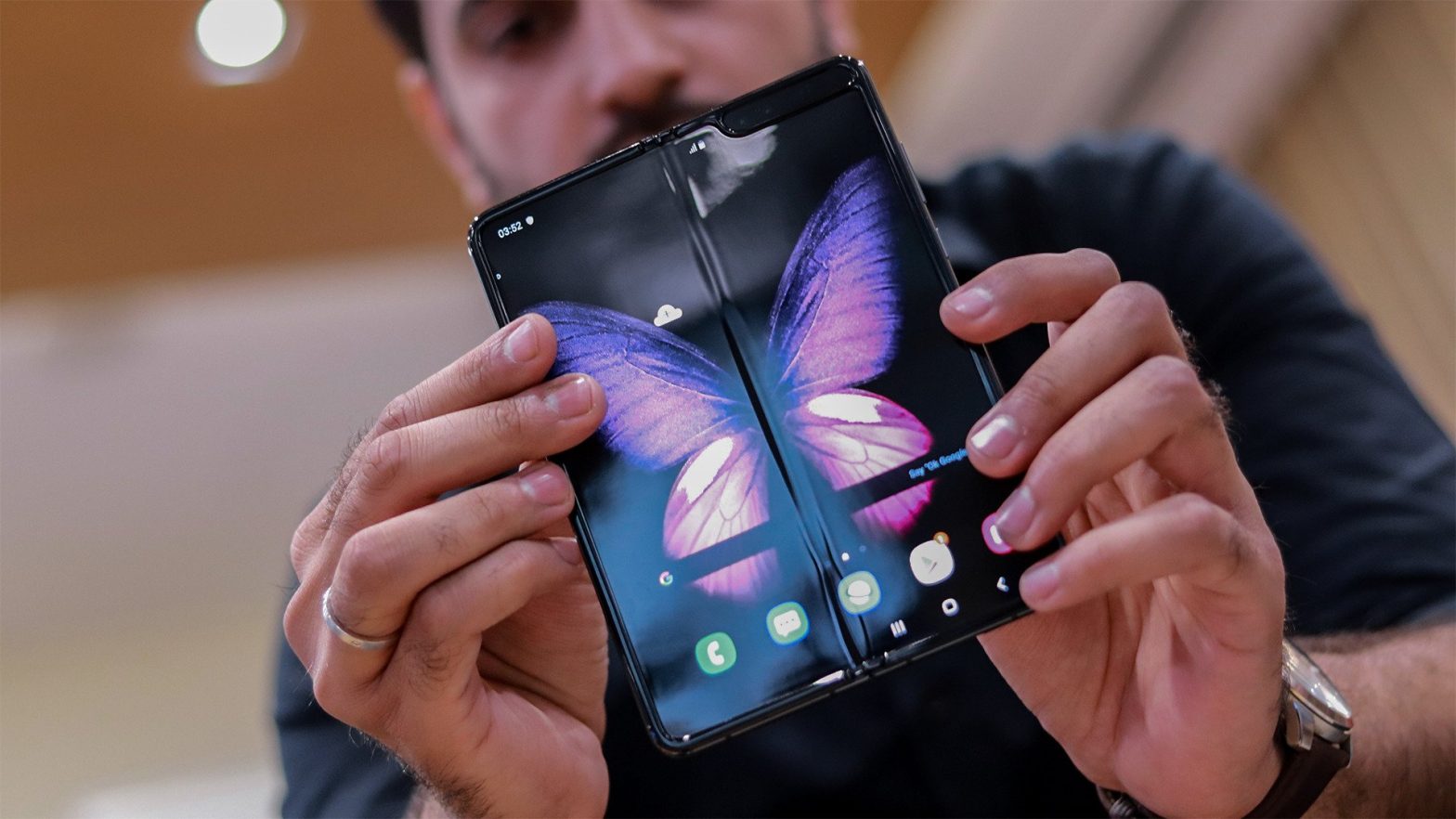According to a report by IDTechEX Research, the market for stretchable electronics is likely to reach a whopping $600m by 2027. This is considering the benefits that come with stretchable electronics over rigid electronics. Because of their ability to be shaped and molded, stretchable electronics are greatly used for displays, wearables, and other applications.
Despite the many applications, stretchable wearables are particularly useful in displays. Most industries, particularly signage, automotive, and aerospace, are finding it more advantageous to have flexible, light, customizable, and compact displays.
For instance, it is not uncommon to find flexible and advanced displays used for entertainment, navigation, and onboard computing systems in the automotive industry. These displays don’t take up much space, making them the most ideal solution for curved cars.

Stretchy Displays vs Conventional Displays
When it comes to the material, conventional displays are typically made of silicon, glass, and hard ceramic materials. Hence, they are prone to breakage because of mechanical impact.
On the other hand, stretchable displays are made of plastic, which is flexible and does not break with ease. In fact, flexible displays are often made of plastic with high elasticity. This sort of material allows the display to be shaped in a variety of ways while maintaining a stable temperature. It also offers gorgeous visual qualities.
Currently, we still lack flexible displays. Screens used in signage applications, for example, usually have multiple layers of anti-shatter film and oleophobic nano coating. This makes it five times stronger than normal glass. Nevertheless, this material has a high elastic modulus, making it less flexible than plastic.
Most electronic components are also still unable to stretch without any component or physical damage. This is according to the Nanophotonics manual, which manufactures stretchable electronic displays.
For instance, inorganic LEDs are usually rigid and inflexible, because they are made of composite substrates, ceramics, or glass. However, OLEDs are flexible and they can be developed in thin-film forms. Researchers are, however, determining how to do this while ensuring high efficiencies and reducing costs.

